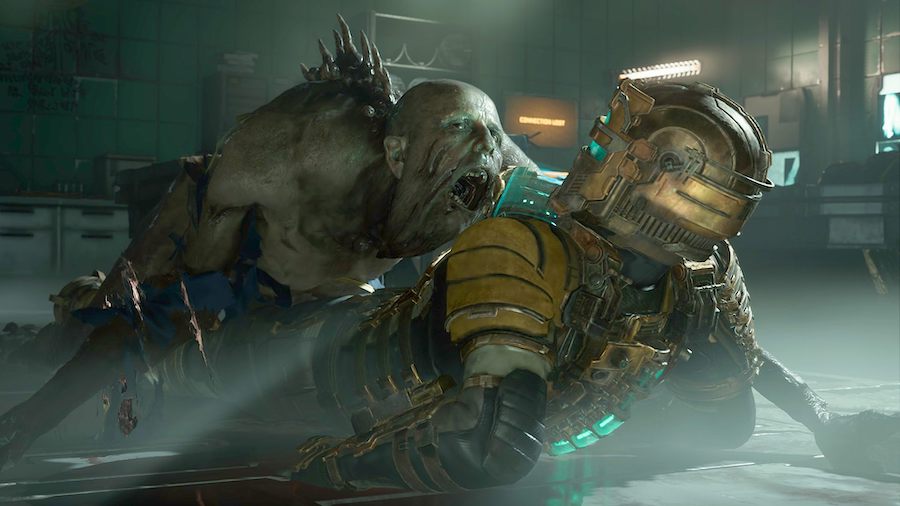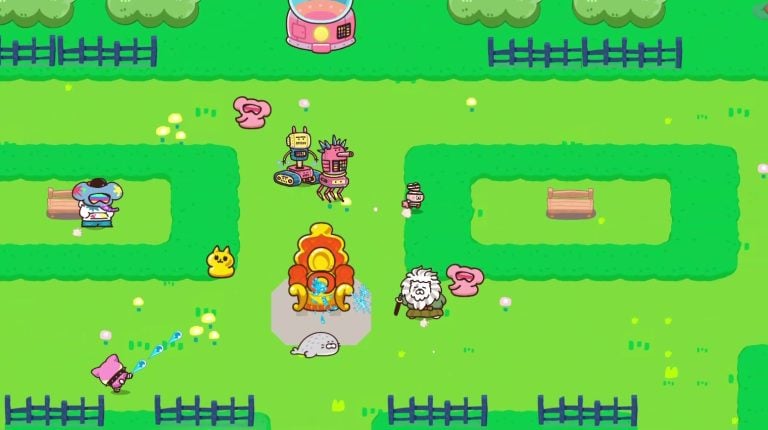With numerous titles and years of experience under their belts, both the Alien and Dead Space franchises have been able to flesh out and refine their respective horrors. To anyone familiar with both franchises, it will come as no surprise to hear that the first Dead Space game was influenced by Ripley’s situation and emotional journey in Alien (1979). Dead Space’s Necromorphs were also partially inspired by Alien’s Xenomorphs (source: Art of Dead Space), however they also have distinct characteristics that set them apart. So, buckle in and keep an eye on your coworkers as we investigate these two horrifying lifeforms.
Xenomorphs have a defined life cycle while Necromorphs do not
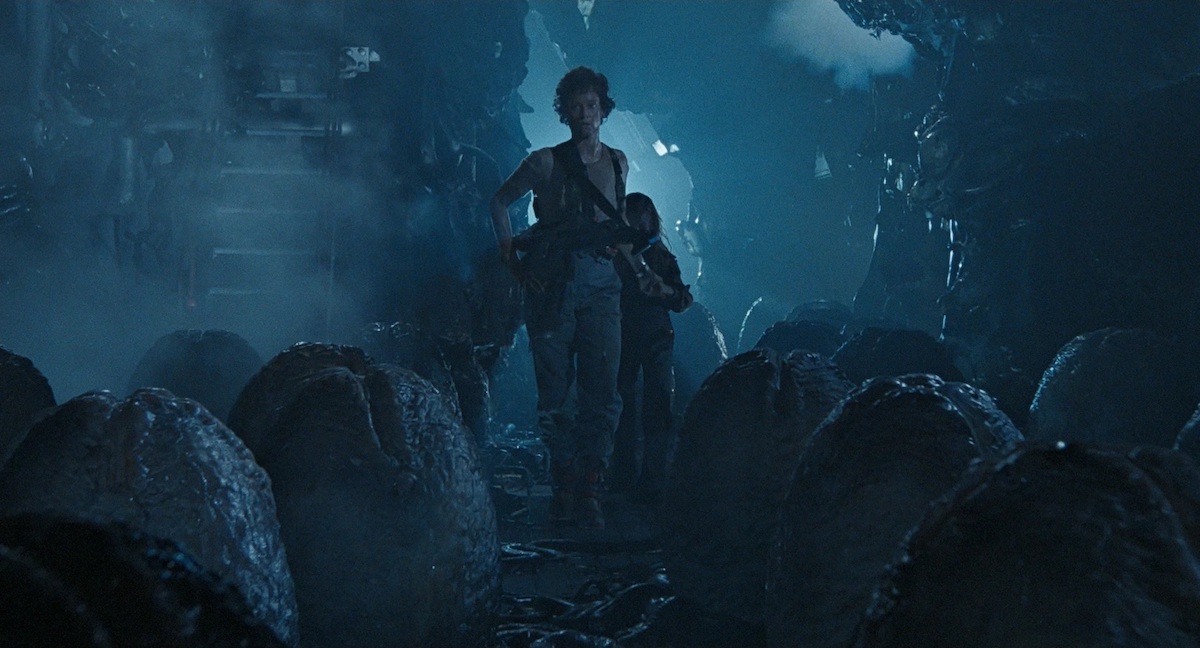
Originally designed by H.R. Giger and introduced in the first Alien movie, the typical Xenomorph begins life as an Ovomorph (or egg). Upon detecting the presence of a potential host, the Ovomorph opens up and releases a Facehugger. The Facehugger attempts to attach itself to the host so it can implant an embryo inside the host’s body. After some time, the Facehugger detaches itself and dies, leaving the embryo to grow inside the unsuspecting host. The embryo soon matures, emerging violently and iconically from the host as a Chestburster that scurries away to transform into an adult Xenomorph. While there are different types of adult Xenomorphs such as Xenomorph Queens and Praetorians, almost all of them follow the general Xenomorph life cycle.
Necromorphs in Dead Space, on the other hand, are “born” from alien artifacts called Markers. Whether they are original Black Markers or Red Markers made by intelligent species, all Markers emit signals that reanimate dead tissue into Necromorphs. These signals can also affect intelligent life forms, potentially causing dementia, violence, and the creation of Red Markers. Since Necromorphs are reanimated corpses, they cannot die and do not have a set life cycle- adding to the sense of dread in the games.
Both Xenomorphs and Necromorphs come in a variety of forms, increasing their adaptability in different environments

The kind of Xenomorph formed depends largely on the type of Facehugger and host combination that occurs. While normal Facehuggers produce the regular “drone” Xenomorph, the resulting alien’s biology can change depending on the host. A Xenomorph born from a human prefers to walk on its hind legs while a quadruped host like a dog can produce a fast-moving Runner Xenomorph that stalks prey on all four legs. Different kinds of Facehuggers also produce different Xenomorphs. The royal Facehugger, for example, can create Xenomorph Queens and the Praetorians that guard them. All Xenomorph types play a role in the species’ hierarchy and ensure their survival.
Much like the Xenomorphs, the type of Necromorph created by Markers or other Necromorphs depends on the circumstances. Slashers are by far the most common Necromorphs, but even they have variations (as evidenced by Necromorphs like the Twitcher, which is a faster version of the Slasher that uses the host’s Stasis Module for bursts of speed). The child Necromorphs that emerged from Titan Elementary School in Dead Space 2 earned themselves the moniker of “The Pack” as they hunt in groups, while massive Necromorphs such as the Brute can be created from several corpses. While Necromorphs don’t have a fixed hierarchy like Xenomorphs do, they all work towards creating more corpses and spreading the Necromorph infection.
Xenomorphs and Necromorphs have unique methods of attack and defense
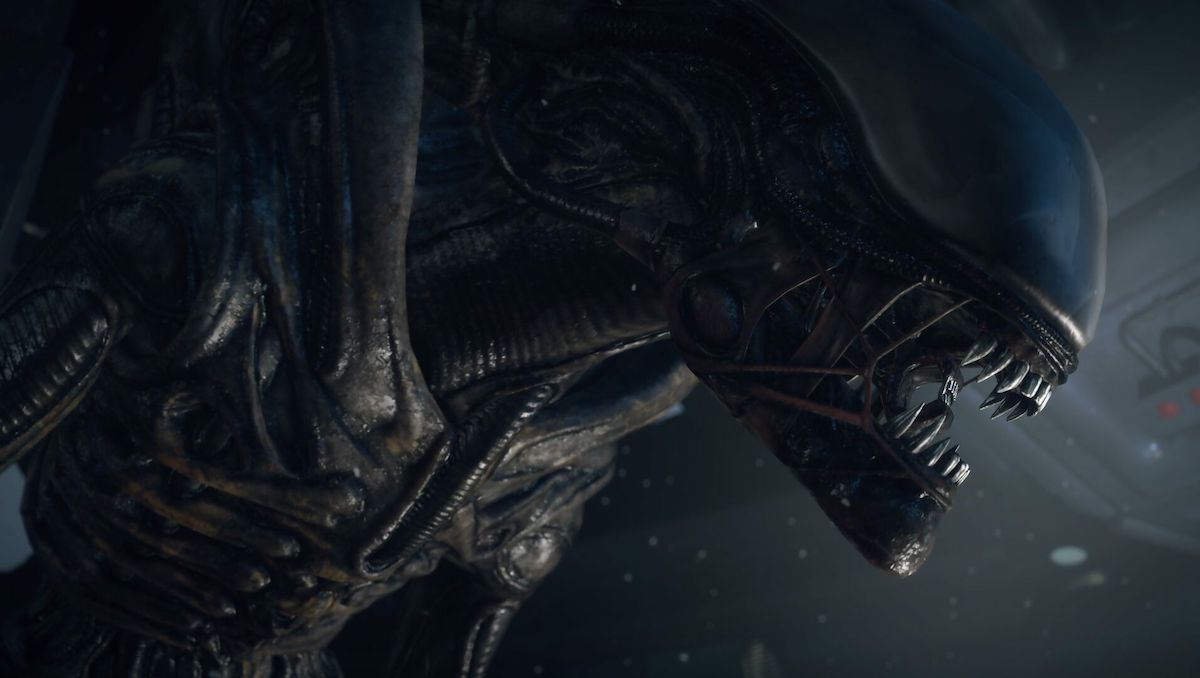
Considering that there are multiple types of Xenomorphs and Necromorphs – each with their own unique offensive and defensive capabilities – let’s compare these aliens’ most common forms: the Xenomorph drone and the Slasher Necromorph.
Fully-grown drone Xenomorphs are strong, fast, and come equipped with a powerful barbed tail and a pair of secondary jaws hidden inside their mouths. Xenomorph drones have acute senses and typicallystalk their prey in the shadows before impaling them with their tails (this is shown in frightening detail in the first-person video game Alien: Isolation). They then finish their kill by lashing out with their secondary jaws. While not an offensive tool, the Xenomorph’s acidic blood is an added layer of protection to their already hardy carapace. The blood can easily burn through anything it touches and can potentially burst a hole into the vacuum of space.
The common Slasher Necromorph attacks with blade appendages that protrude from its arms. This is done by reconfiguring its dead host’s skeletal system to focus its bone structure for offense. Combined with the Necromorph’s speed and resilience (the latter being attributed to the fact that the species is made from reanimated tissue), Slashers can easily overwhelm their targets.
Xenomorphs and Necromorphs share a similar goal: the survival and propagation of their species
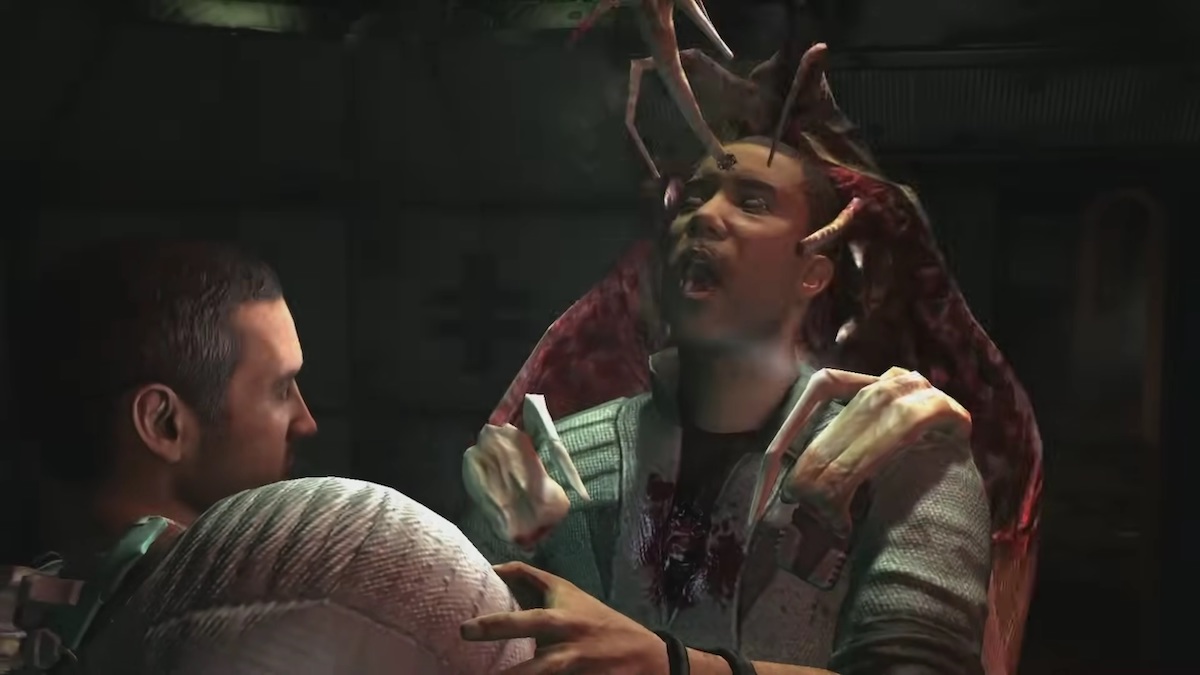
With no higher goal than to spread throughout the known universe, the Xenomorph race will kill or convert any species that isn’t their own. Xenomorph eggs are created by Xenomorph Queens, which are either laid near potential hosts or carried by drones to more suitable locations. Drones then look for possible hosts and carry them to their nests, but not before immobilizing them for easy impregnation by Facehuggers.
Considering that Necromorphs are created from dead tissue, they all have a singular objective: to create as many corpses as possible. Once a corpse has been made, certain variations of the species such as the Infectors implant Necromorph tissue in the dead body, which quickly convert it into a new Necromorph. The process repeats ad infinitum until a planet is conquered and the Necromorphs find a new area to take over.
Though it is true that Alien is much older than Dead Space and that the latter takes inspiration from the former, both franchises have solidly established their main creatures while keeping them malleable enough so that other creators can provide their spin on the formula. Hopefully, Xenomorphs and Necromorphs will continue to be around for a long time to make fictional space a scary place where no one can hear you scream

